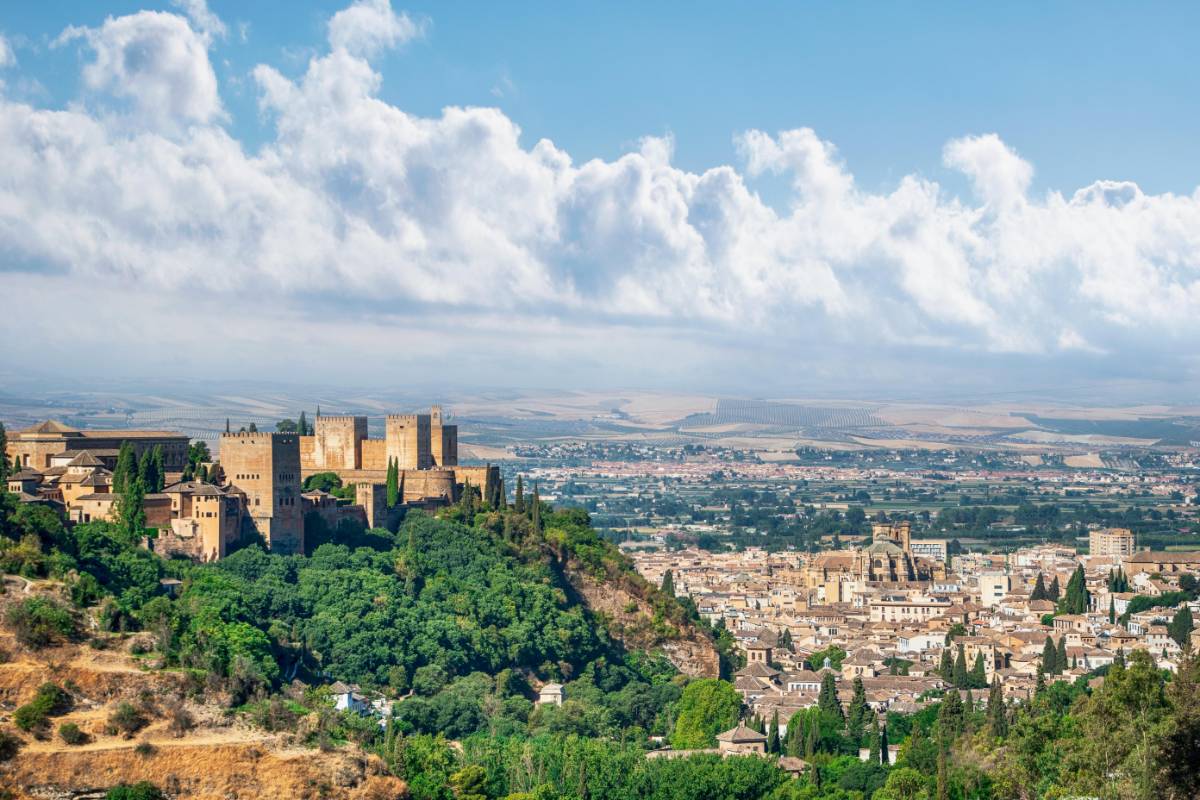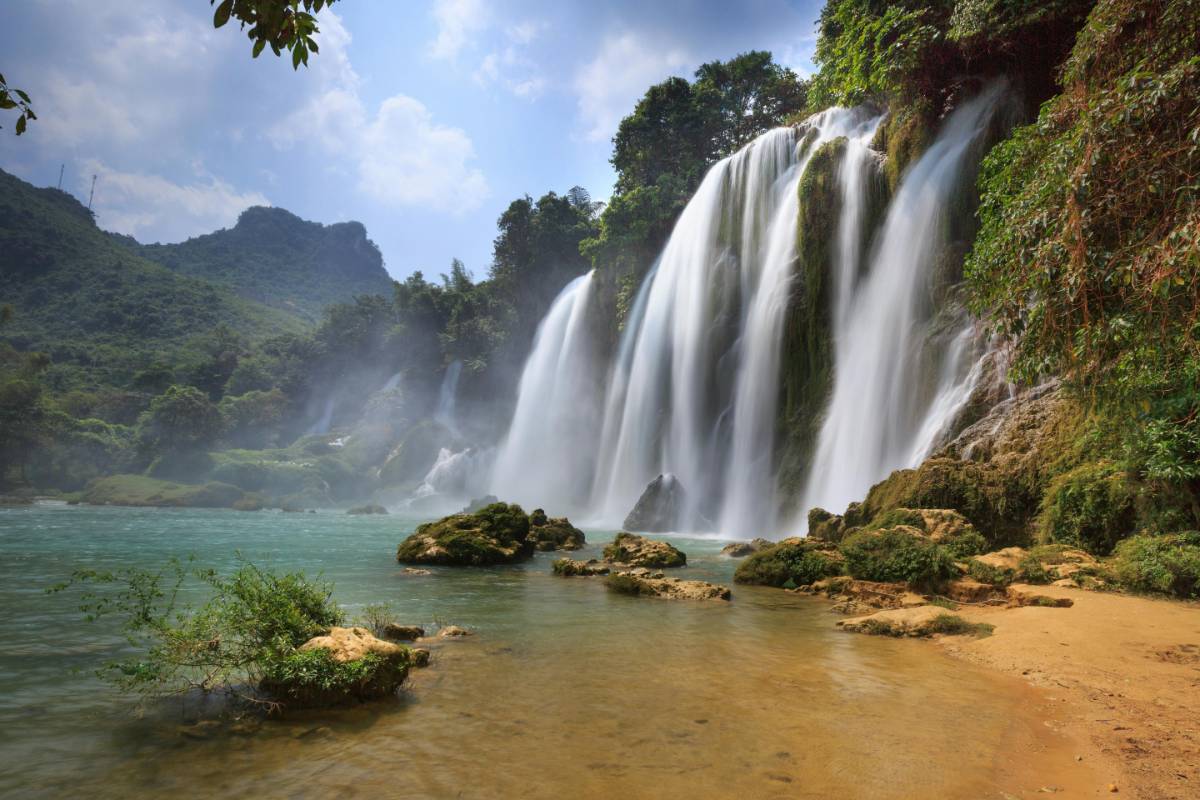Exploring UNESCO World Heritage Sites: A Traveler’s Guide
24 Aug 2025
Read Time: 5 min read

UNESCO World Heritage Sites are some of the most extraordinary and culturally significant places on Earth. These sites, recognized for their universal value, offer travelers a chance to explore the world’s most remarkable landmarks, natural wonders, and historical monuments. Whether you're seeking cultural immersion, breathtaking landscapes, or historical exploration, visiting these sites is a bucket-list experience for many. Here’s a guide to some of the top UNESCO World Heritage Sites and tips for making the most of your visit.
 What Are UNESCO World Heritage Sites?
What Are UNESCO World Heritage Sites?UNESCO, the United Nations Educational, Scientific and Cultural Organization, designates World Heritage Sites to preserve and protect areas of great cultural, natural, or historical significance. These sites can range from ancient temples and castles to stunning natural parks and ecosystems, and they’re located all around the world.
To be recognized as a World Heritage Site, a location must meet at least one of ten criteria, including cultural or natural significance, architectural value, or biodiversity importance. These sites are not only preserved for their beauty but also for their importance to humanity’s collective heritage.
Top UNESCO World Heritage Sites to VisitGreat Wall of China, China: Stretching over 13,000 miles, the Great Wall of China is one of the most iconic landmarks in the world. This ancient structure was built to protect China from invasions, and today it stands as a testament to human ingenuity and determination. Visitors can hike along various sections of the wall and enjoy stunning views of the surrounding landscapes.
Machu Picchu, Peru: This ancient Incan city set high in the Andes Mountains is a marvel of ancient engineering. Machu Picchu’s stunning views, terraced slopes, and temples offer a glimpse into the mysterious and advanced civilization of the Incas. A hike along the Inca Trail to Machu Picchu is one of the most popular ways to experience this UNESCO site.
The Pyramids of Giza, Egypt: One of the Seven Wonders of the Ancient World, the Pyramids of Giza are a must-see for history enthusiasts. These monumental structures were built as tombs for ancient Egyptian pharaohs and are among the most impressive feats of ancient engineering.
The Colosseum, Italy: Located in the heart of Rome, the Colosseum is a symbol of ancient Rome's power and architectural prowess. Visitors can explore this magnificent amphitheater and learn about the gladiatorial battles and events that once took place there.

Galápagos Islands, Ecuador: Known for their unique biodiversity, the Galápagos Islands are home to a variety of animals and plants found nowhere else on Earth. A visit here is an opportunity to witness evolutionary processes firsthand and observe wildlife in its natural habitat.
Stonehenge, United Kingdom: This prehistoric monument made of massive standing stones remains a mystery to historians and archaeologists. While its purpose is still debated, its striking presence and alignment with the sun make it a fascinating and spiritual site for travelers.
Yellowstone National Park, USA: The world’s first national park, Yellowstone is renowned for its geothermal features, including Old Faithful geyser, and its abundant wildlife. Visitors can explore the park’s many trails and enjoy scenic views of mountains, hot springs, and wildlife.
Visiting a UNESCO World Heritage Site can be a once-in-a-lifetime experience, so it's important to plan accordingly. Here are some tips to ensure you get the most out of your visit:
Do Your Research: Each UNESCO World Heritage Site has its own unique set of guidelines and recommendations. Research the history, cultural significance, and visitor regulations of the site before you go.
Respect the Site: UNESCO sites are protected for their cultural and natural value. Be mindful of local customs and always follow the site's rules, whether that means refraining from touching artifacts or sticking to marked trails.
Go During Off-Peak Times: To avoid crowds and have a more peaceful experience, consider visiting during the off-season or early in the morning when most tourists are still arriving.
Hire a Local Guide: A knowledgeable local guide can enhance your experience by providing historical context and interesting insights that you might miss on your own.
Take Your Time: Many of these sites are vast and offer a variety of different attractions. Take your time to explore the area fully, rather than rushing through it.
💡 Discover More from Travel
UNESCO World Heritage Sites play a critical role in preserving our global heritage for future generations. They not only help protect biodiversity and cultural practices but also serve as valuable educational resources. By visiting these sites, we support their continued preservation and raise awareness about the importance of protecting our natural and cultural landmarks.
Whether you’re hiking through the dense rainforests of Costa Rica, exploring the architectural wonders of Greece, or marveling at the vastness of the Grand Canyon, UNESCO World Heritage Sites offer unparalleled opportunities to witness the beauty and history of our planet.
ConclusionA trip to a UNESCO World Heritage Site can be a transformative experience. These sites offer a glimpse into the world’s most important historical, cultural, and natural treasures. By visiting and respecting these extraordinary locations, we can contribute to their preservation and ensure that future generations will be able to appreciate their significance. Start planning your visit to one of these awe-inspiring sites today!
Stay Informed
Get the latest and most accurate news delivered straight to your inbox. Subscribe now and never miss an update.

Rahul Sharma
An insightful voice in the industry, crafting content that informs, inspires, and connects with readers.
View all articles →Continue Reading

Hollywood
Wireless Freedom: Discover the Best Earbuds for On-the-Go Listening
By David Thompson
05 Oct 2024

Travel
How to Make Corporate Travel Less of a Chore and More of a Pleasure
By Olivia Mitchell
16 Sep 2025

Social-Media
Why TikTok’s Duet Feature Is the Ultimate Tool for Going Viral
By Olivia Mitchell
24 Apr 2025

Social-Media
How to Use TikTok Sounds to Skyrocket Your Social Media Engagement
By James Carter
08 Apr 2025

Travel
Corporate Travel Gone Wrong: Stories That Will Make You Laugh and Learn
By Samantha Lee
04 Sep 2025











